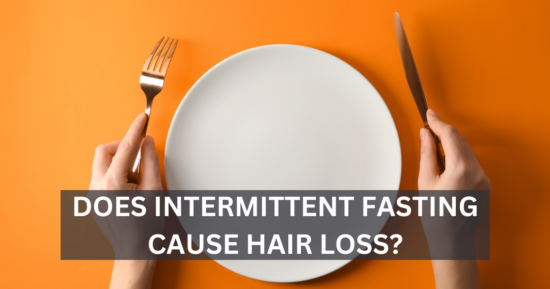Science
C. Enzinger, MD, F. Fazekas, MD, P. M. Matthews, MD, DPhil, FRCP, S. Ropele, PhD, H. Schmidt, MD, S. Smith, DPhil and R. Schmidt, MD
BACKGROUND:
To determine the rate of brain atrophy in neurologically asymptomatic elderly and to investigate the impact of baseline variables including conventional cerebrovascular risk factors, APOE epsilon4, and white matter hyperintensity (WMH) on its progression.
METHODS:
We assessed the brain parenchymal fraction at baseline and subsequent annual brain volume changes over 6 years for 201 participants (F/M = 96/105; 59.8 +/- 5.9 years) in the Austrian Stroke Prevention Study from 1.5-T MRI scans using SIENA (structural image evaluation using normalization of atrophy)/SIENAX (an adaptation of SIENA for cross-sectional measurement)(www.fmrib.ox.ac.uk/fsl). Hypertension, cardiac disease, diabetes mellitus, smoking, and regular alcohol intake were present in 64 (31.8%), 60 (29.9%), 5 (2.5%), 70 (39.3%), and 40 (20.7%) subjects, respectively. Plasma levels of fasting glucose (93.7 +/- 18.6 mg/dL), glycated hemoglobin A (HbA1c; 5.6 +/- 0.7%), total cholesterol (228.3 +/- 40.3 mg/dL), and triglycerides (127.0 +/- 75.2 mg/dL) were determined. WMH was rated as absent (n = 56), punctate (n = 120), early confluent (n = 14), and confluent (n = 11).
RESULTS:
The baseline brain parenchymal fraction of the entire cohort was 0.80 +/- 0.02 with a mean annual brain volume change of -0.40 +/- 0.29%. Univariate analysis demonstrated a higher rate of brain atrophy in older subjects (p = 0.0001), in those with higher HbA1c (p = 0.0001), higher body mass index (p = 0.02), high alcohol intake (p = 0.04), severe WMH (p = 0.03), and in APOE epsilon4 carriers (p = 0.07). Multivariate analysis suggested that baseline brain parenchymal fraction, HbA1c, and WMH score explain a major proportion of variance in the rates of brain atrophy in the cohort (corrected R2 = 0.27; p = 0.0001).
CONCLUSIONS:
Neurologically asymptomatic elderly experience continuing brain volume loss, which appears to accelerate with age. Glycated hemoglobin A (HbA1c) was identified as a risk factor for a greater rate of brain atrophy. Clustering of factors associated with the so-called metabolic syndrome in subjects with high HbA1c suggests a link between this syndrome and late-life brain tissue loss.












